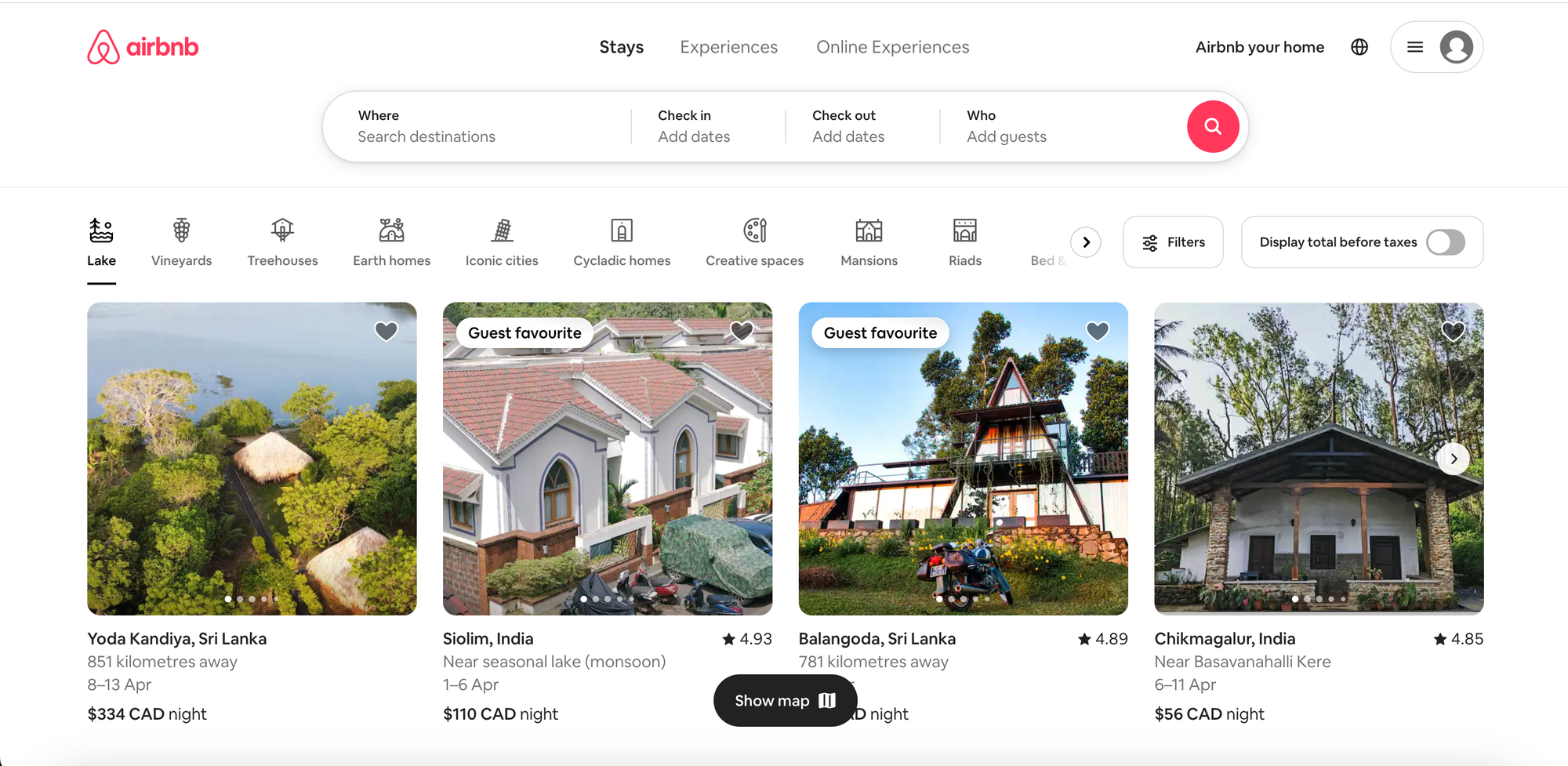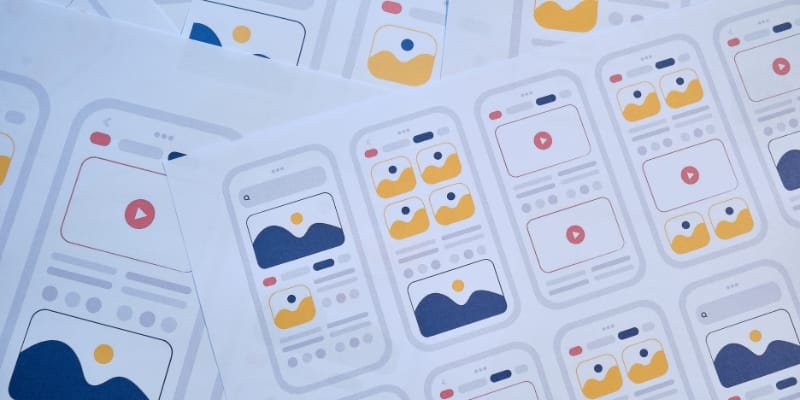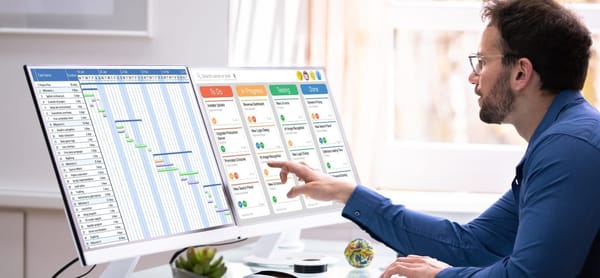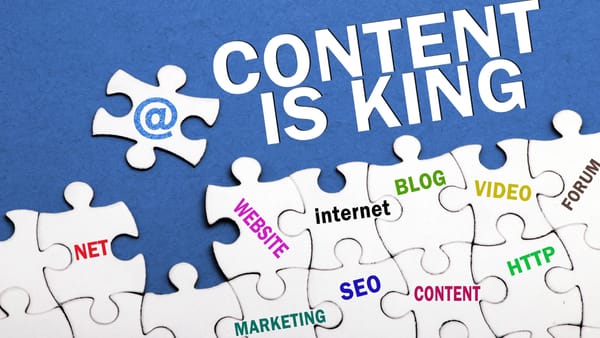From Clicks to Conversions: How UX Design Elevates Marketing

Did you know?
- 70% of online businesses fall through because of bad UX.
- Almost 90% of internet users are less likely to return to websites with bad UX.
But don't worry, I won’t give you just the vegetables,
- The ROI on UX investments is 9,900%
- Improving customer experience through UX can raise KPIs by over 80%.
- A good user interface can increase websites’ conversion rates by up to 200%.
What is UX?
User experience is the basic experience that a user encounters when interacting with a product, service, or system regarding how easy or pleasing it is to use. It encompasses various disciplines such as usability, accessibility, design, navigation, and overall satisfaction.
A good UX design takes into account users' needs, objectives, obstacles, and preferences, aiming to enhance each aspect to achieve desired outcomes.
UX in Marketing
When planning a marketing campaign, and considering elements such as SEO, SEM, Social Media, PPC ads, and visual design, most businesses fail to include User Experience (UX) in their marketing strategies.
UX introduces a third dimension to the typically binary process of evaluating whether users interact with an ad, email, website call-to-action (CTA), etc, or not. It delves into the reasons behind their actions or inactions, moving beyond merely determining if they do or don't engage.
Simply put, a user journey where every touchpoint is seamless and optimized to deliver a smooth and friendly experience vs a user journey that often frustrates a user is sure to perform better, lead to more conversions and ensure customer satisfaction. This means that your low campaign performance might just be because of poor UX design.
Now that we’ve covered why UX is important to a marketing strategy, let's dive into how optimizing UX transforms your marketing practices

Make an impression
UX isn’t just about usability, it’s also about how your customer feels, reacts, and behaves in correspondence with your brand. A well-designed and user-friendly site makes a good impression and allows your user to stay on for longer thus contributing not only to your marketing funnel but also possibly leading to a conversion.
Users remember your website and how it made them feel. Now would you rather they feel frustrated or relaxed?
A good UX website example is Airbnb

Leads to Higher Conversion
A good UX design can exponentially increase your conversion rates by ensuring there is minimum friction when it comes to the user journey at every touchpoint. A good approach towards this is to put yourself in the users' shoes and see how you would interact with your website, service, or app and optimize potential friction points.
This is going to lead to converting casual website viewers to paying customers and enable them to engage more with the website by signing up for newsletters, creating wishlists, and eventually, leading to conversions.

Enhancing SEO
UX focuses on user satisfaction and SEO aims to rank websites based on their user-centric characteristics, which is how SEO and UX go hand-in-hand.
Recommended approaches for boosting SEO within UX include:
Website Architecture: A well-designed website with clear navigation not only enhances user experience but also assists search engines in better understanding and indexing your content. Logical organization, intuitive navigation, and structured hierarchies benefit both users and search engine crawlers.
Page Speed: Page speed is an important factor when it comes to UX and SEO as pages that are slow to load lead to a higher bounce rate and in turn lower search ranking. Some approaches to increase page speed are reducing the size of images, removing unnecessary code, and leveraging browser cache.
Mobile Optimization: Due to the rise in mobile device usage, there has been a corresponding increase in organic mobile website traffic. Therefore, it is crucial to ensure that all elements of the website are optimized and incorporate a responsive design to accommodate various screen sizes.
In addition to a responsive design, elements such as images, titles, and CTA buttons, all need to be optimized for a smaller screen to ensure a seamless user experience.
An example would be to ensure all CTA buttons look the same and are big enough to be pressed with thumbs.
Customer Retention: Investing in good UX design leads to conversions and customer satisfaction, which then develops a sense of brand loyalty, and increases engagement.
This subsequently results is recurring purchases, positive brand reputation, and potential word-of-mouth advertising, ultimately reducing the cost of acquisition and fostering sustainable growth.

Types of UX Tools
There are many tools that a marketer can take advantage of when it comes to better understanding user behavior to ensure optimized marketing campaigns.
Some of these tools are:
- User testing Platforms: Tools like UsabilityHub or UserTesting facilitate gathering feedback on marketing campaigns and website usability from real users. This allows marketers to understand how users are reacting to their current practices and how to optimize potential pain points faced by their users.
- Heatmaps: Heatmaps can be found as a tool available through Hotjar, which allows marketers to gain insights into user behavior and how they interact with the website.
- A/B testing tools: As the name suggests, marketers can test different approaches to see which one leads to higher conversion. This could be testing content, CTA’s, interfaces, or even entire website designs. AB testing is a very popular and recommended method to understand what works and what needs to be optimized.
- Customer Feedback: Asking customers to fill out surveys, built through Survey Monkey or other tools helps collect valuable insights directly from customers. This enables marketers to help position their offerings and campaigns to achieve higher results.
In conclusion, the journey from clicks to conversions hinges on the impact of UX design. By prioritizing user-centricity and seamless experiences, marketers can elevate their campaigns from good to exceptional. Let UX design be the catalyst for driving results and fostering meaningful connections with your audience.
Ready to harness the power of UX design in your marketing efforts?
Subscribe to stay updated with the ever-changing landscape of Marketing!




